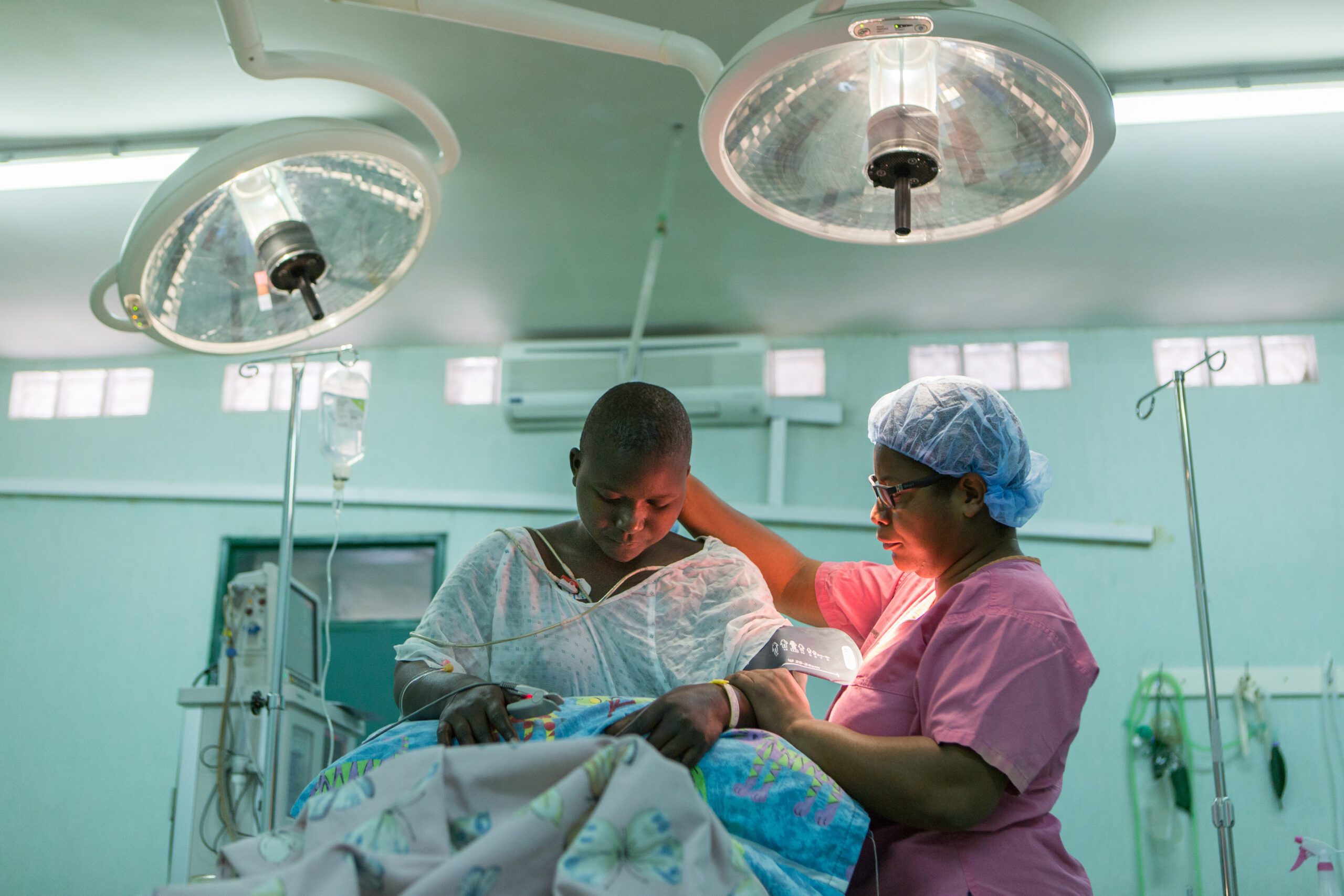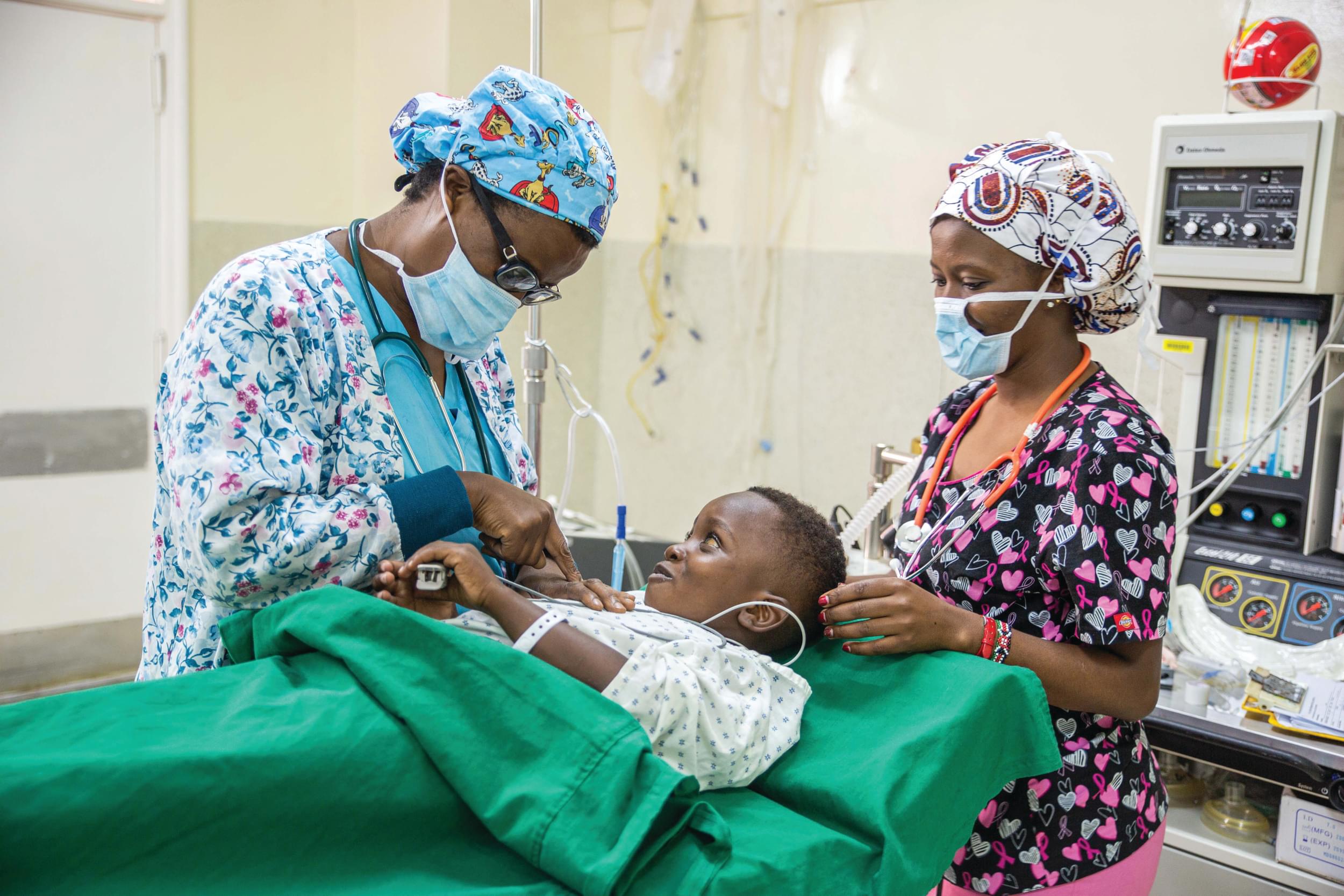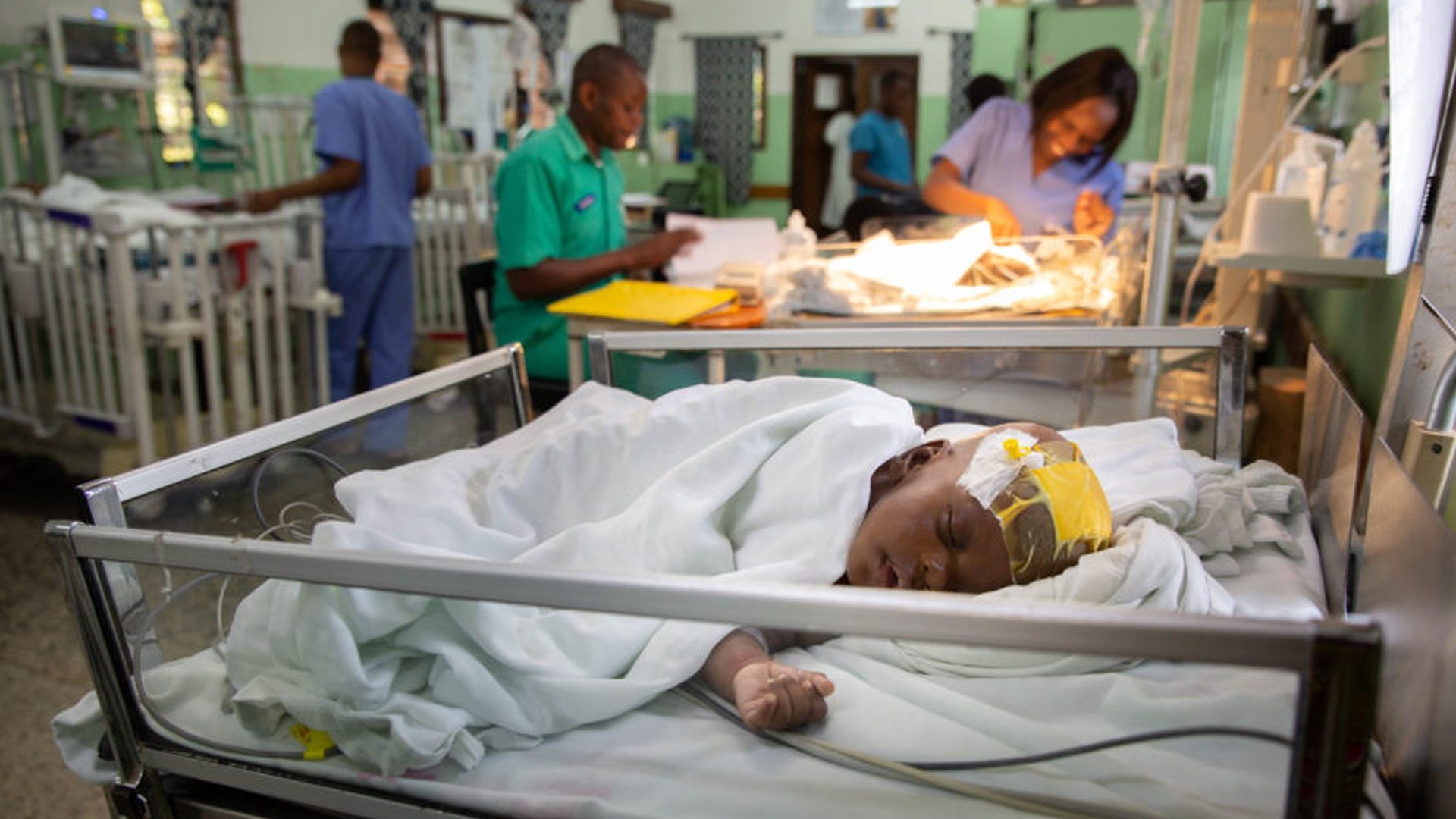Global hydrocephalus epidemiology and incidence: systematic review and meta-analysis
Abstract:
Objective: Hydrocephalus is one of the most common brain disorders, yet a reliable assessment of the global burden of disease is lacking. The authors sought a reliable estimate of the prevalence and annual incidence of hydrocephalus worldwide.
Methods: The authors performed a systematic literature review and meta-analysis to estimate the incidence of congenital hydrocephalus by WHO region and World Bank income level using the MEDLINE/PubMed and Cochrane Database of Systematic Reviews databases. A global estimate of pediatric hydrocephalus was obtained by adding acquired forms of childhood hydrocephalus to the baseline congenital figures using neural tube defect (NTD) registry data and known proportions of posthemorrhagic and postinfectious cases. Adult forms of hydrocephalus were also examined qualitatively.
Results: Seventy-eight articles were included from the systematic review, representative of all WHO regions and each income level. The pooled incidence of congenital hydrocephalus was highest in Africa and Latin America (145 and 316 per 100,000 births, respectively) and lowest in the United States/Canada (68 per 100,000 births) (p for interaction < 0.1). The incidence was higher in low- and middle-income countries (123 per 100,000 births; 95% CI 98–152 births) than in high-income countries (79 per 100,000 births; 95% CI 68–90 births) (p for interaction < 0.01). While likely representing an underestimate, this model predicts that each year, nearly 400,000 new cases of pediatric hydrocephalus will develop worldwide. The greatest burden of disease falls on the African, Latin American, and Southeast Asian regions, accounting for three-quarters of the total volume of new cases. The high crude birth rate, greater proportion of patients with postinfectious etiology, and higher incidence of NTDs all contribute to a case volume in low- and middle-income countries that outweighs that in high-income countries by more than 20-fold. Global estimates of adult and other forms of acquired hydrocephalus are lacking.
Conclusions: For the first time in a global model, the annual incidence of pediatric hydrocephalus is estimated. Low- and middle-income countries incur the greatest burden of disease, particularly those within the African and Latin American regions. Reliable incidence and burden figures for adult forms of hydrocephalus are absent in the literature and warrant specific investigation. A global effort to address hydrocephalus in regions with the greatest demand is imperative to reduce disease incidence, morbidity, mortality, and disparities of access to treatment.























